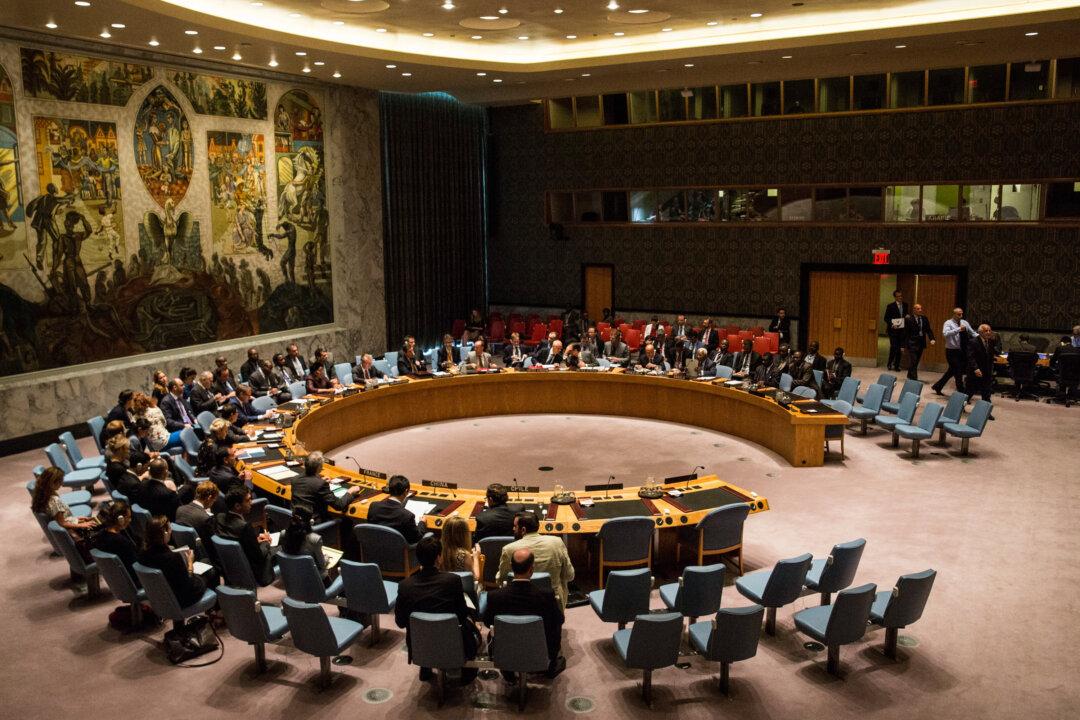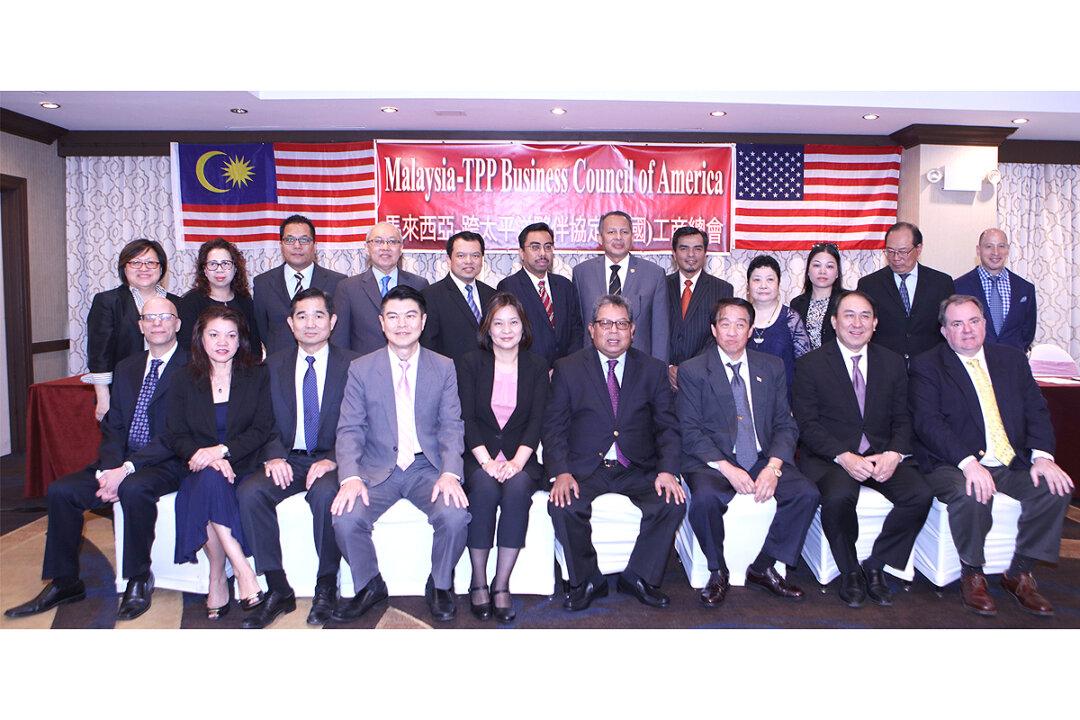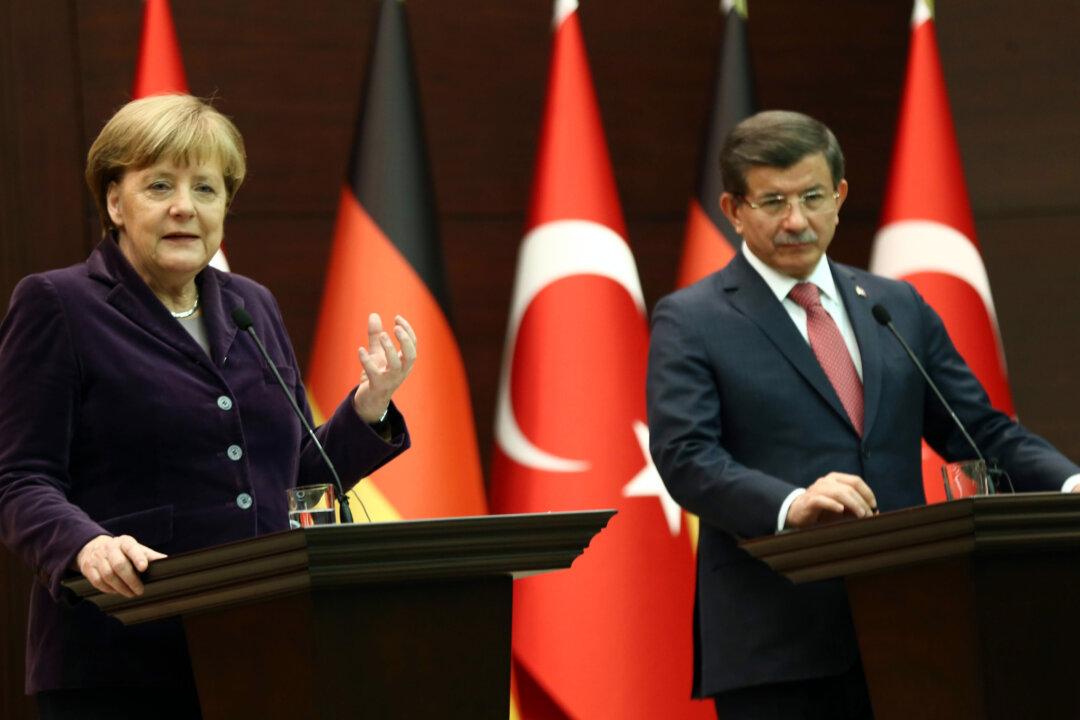U.S. Secretary of Defense Ash Carter hailed his recent India visit as the most significant part of his tour—he also visited the Philippines, Saudi Arabia, and the United Arab Emirates—because U.S.-India defense cooperation, in his view, is a “win-win” situation.
Carter predicted that the U.S.-India relationship is “destined to be one of the most significant partnerships of the 21st century,” adding “I’ve seen a remarkable convergence of U.S. and Indian interests, what I call a strategic handshake.”
He had made these comments at the Council on Foreign Relations (CFR) in New York before the tour. The meeting, which took place April 10 to 12, indeed promised a continuance of this significant “strategic handshake,” but some key concerns remain to be resolved before a strong partnership can be forged.
The new bonds between the United States and India were reflected in the Joint Strategic Vision Statement that President Barack Obama and Indian Prime Minister Narendra Modi released last January, and also in the 2015 framework for the U.S.-India defense relationship, which Indian Defense Minister Manohar Parrikar and Carter signed last year in Delhi.




